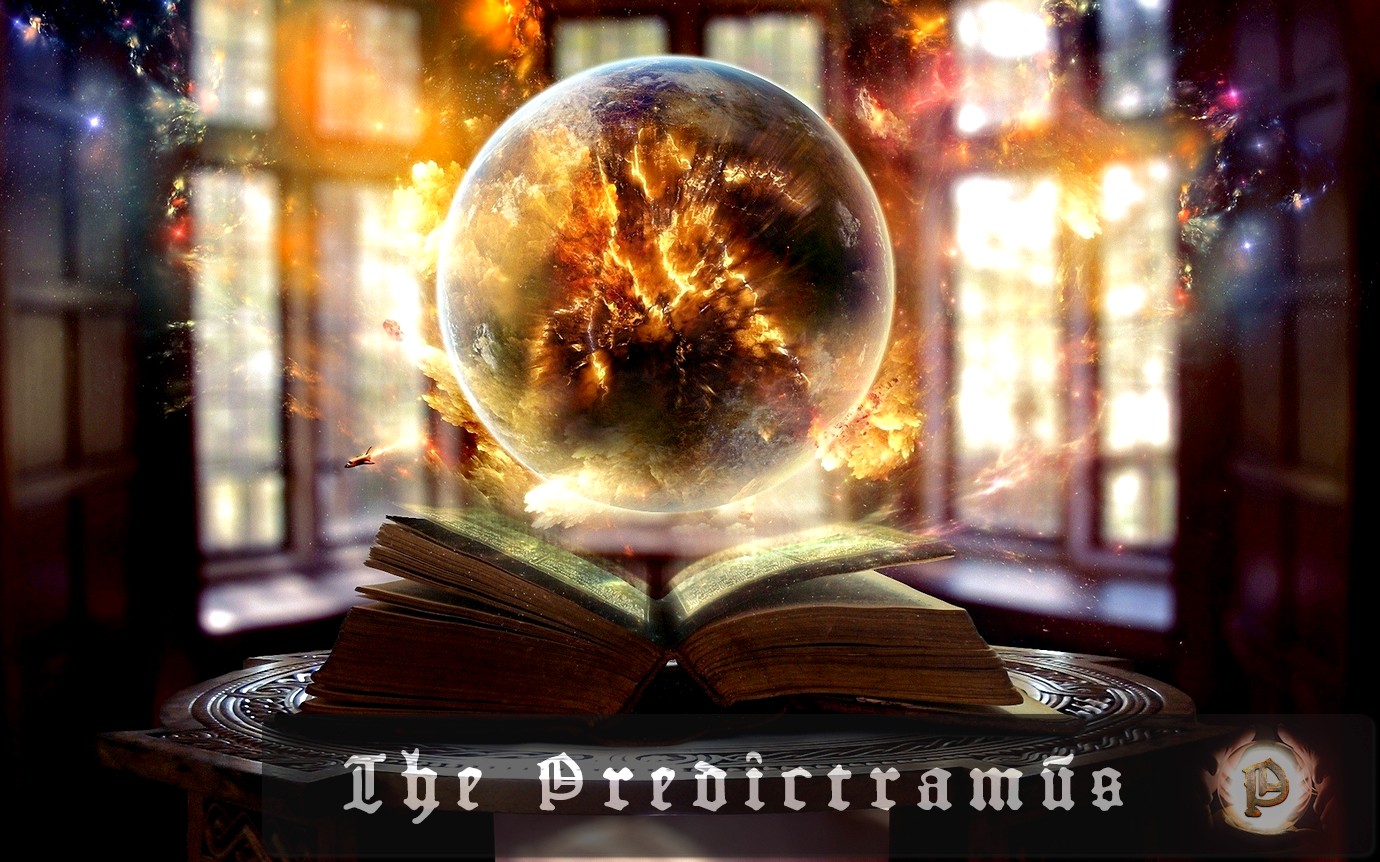A burst of solar wind has triggered a planet-wide heatwave in Jupiter’s upper atmosphere, according to astronomers at the University of Reading, UK. The hot region, which had a temperature of over 750 K, propagated at thousands of kilometres per hour and stretched halfway around the planet. This phenomenon is the first of its kind…
Physics on The Soothsayer / page 10
Researchers at Northwestern University have developed the world’s smallest pacemaker, which is smaller than a grain of rice and dissolves after it’s no longer needed. This innovative device is optically controlled and can be used to regulate heart rhythms in children and adults, including those with congenital heart defects. The pacemaker is paired with a…
Researchers have discovered that worms move faster in environments with randomly-placed obstacles than in empty spaces. This phenomenon has been observed to be similar to the behavior of active polymers in disordered mazes. The study’s findings may have significant implications for the development of new technologies, such as more efficient navigation systems and materials with…
Researchers at the University of Victoria in Canada have developed a low-cost radiotherapy system called KOALA, designed to provide cancer treatment in low- and middle-income countries and geographically remote rural regions. The system uses kilovoltage X-rays, which are significantly cheaper than megavoltage X-rays used in conventional radiotherapy. Initial performance characterization of the proof-of-concept device has…
Researchers at Ruhr University Bochum, Germany, have made a groundbreaking discovery about the properties of supercritical water, a state of water that exists at extremely high temperatures and pressures. Contrary to previous theories, they found that supercritical water does not form hydrogen bonds, which are responsible for many of water’s unusual properties. This finding could…
Physicists at the ATLAS experiment on the Large Hadron Collider have made a groundbreaking discovery, observing the production of top quark-antiquark pairs in collisions involving heavy nuclei. This achievement sheds new light on the early universe and the quark-gluon plasma, a state of matter that existed microseconds after the Big Bang. The study confirms predictions…
Researchers at East China Normal University have made a groundbreaking discovery in the field of synchronization, observing abnormal patterns in a femtosecond fibre laser. These patterns, known as “Arnold’s tongues,” had been theorized to exist but never experimentally confirmed. The study opens up new possibilities for understanding synchronization phenomena and could lead to advancements in…
A team of researchers at UC Berkeley has made a groundbreaking discovery in the field of colour vision. They have developed a new retinal stimulation technique called Oz, which enables volunteers to see colours that lie beyond the natural range of human vision. The Oz technique works by stimulating individual cone cells in the retina…
Researchers from the Karlsruhe Tritium Neutrino experiment (KATRIN) have announced the most precise upper limit yet on the neutrino’s mass, setting a new limit of 0.45 electron volts (eV) at 90% confidence. This breakthrough brings scientists closer to understanding the fundamental properties of neutrinos, which are ghostlike particles that barely interact with matter. The new…
Physicists from the University of Surrey have made a groundbreaking discovery in understanding the origin of heavy elements in the universe. By studying a specific reaction, they have shed light on the “weak” component of the r-process, which is responsible for creating elements with atomic numbers ranging from 37 to 47. This breakthrough could have…










